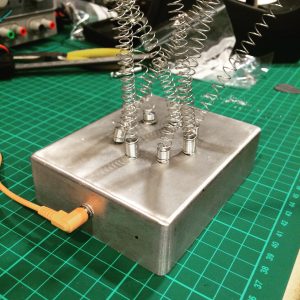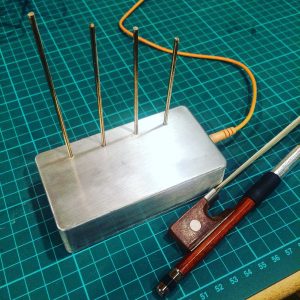I started making my own devices when I needed a MIDI foot pedal to control Ableton for my live gigs. I couldn’t find anything on the market that was small, programmable and reasonably cheap, so set about making my own. Since then it’s become something of an obsession. Recently I’ve moved towards sound processing and DSP. The code and build details are available for most of these on GitHub, if you build anything using these please send me photos, I’d love to see them!
You can find more detailed info on how these work in my Blog, but here’s an overview.
Audio Processors
My DIY builds of late have been focused on real-time DSP, mainly in the Eurorack format. I’ve had comments questioning my choice of format, as I don’t make much use of CV. That’s quite fair, I picked this format, mainly because I liked the look of it, and it provided a convenient way to power everything and patch it together, but in some ways they are glorified effects pedals. That said I have made CV expansion boards, but I haven’t made use of them in my demo videos. I’m currently working on version 3 of the PCB main board, and that has 6 CV inputs, so I’m going to be exploring CV more in the future! The devices in this section are all based on the Teensy dev board. Essentially a powerful ARM processor (like you’d find on your phone), with a bunch of peripherals, and programmable through the ARDUINO IDE. Version 1 of the board used the Teensy Audio Board. Version 2 uses the Teeny in-build DAC for audio. Version 3 which is in-design, uses a WM8731 high-quality audio codec chip.
Glitch Delay
The effect consists of a standard delay line, or delay buffer, with multiple read heads that each read the audio in a different way. There is a feedback path, so the effected signal can be feedback into its self. I use this effect all the time in my music.
AudioFreeze
The AudioFreeze continuously samples incoming audio into a buffer. When the FREEZE button is pressed it locks, or ‘freezes’ the buffer and continuously loops it. You can then adjust the size of the looping window, and move the window inside the buffer with 2 pots. Playback speed can also be adjusted. Version 2 includes a broken tape effect which uses 2 LFOs (for Wow and Flutter) to change playback speed.
Loop Slicer
This is a looper inspired by the MLR application for Monome. It allows you to record loops (saved to SD card), and then jump around in them using the 8 LED backlit buttons. The LEDs illuminate to show the progress of the loop. This is still work in progress, and I haven’t made a full demo video yet.
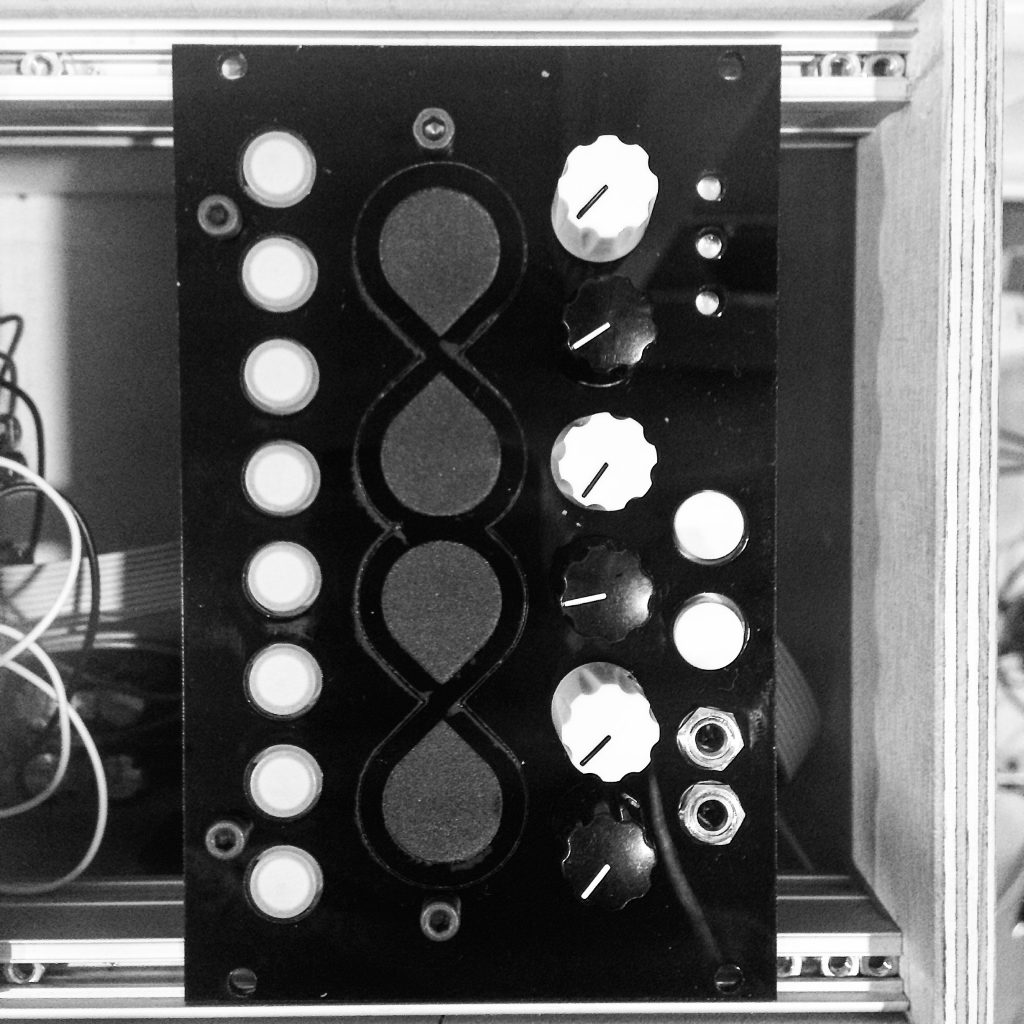
Prototype build with laser cut fascia
Midi Devices
These use the Teensy LC (low-cost) to provide MIDI over USB.
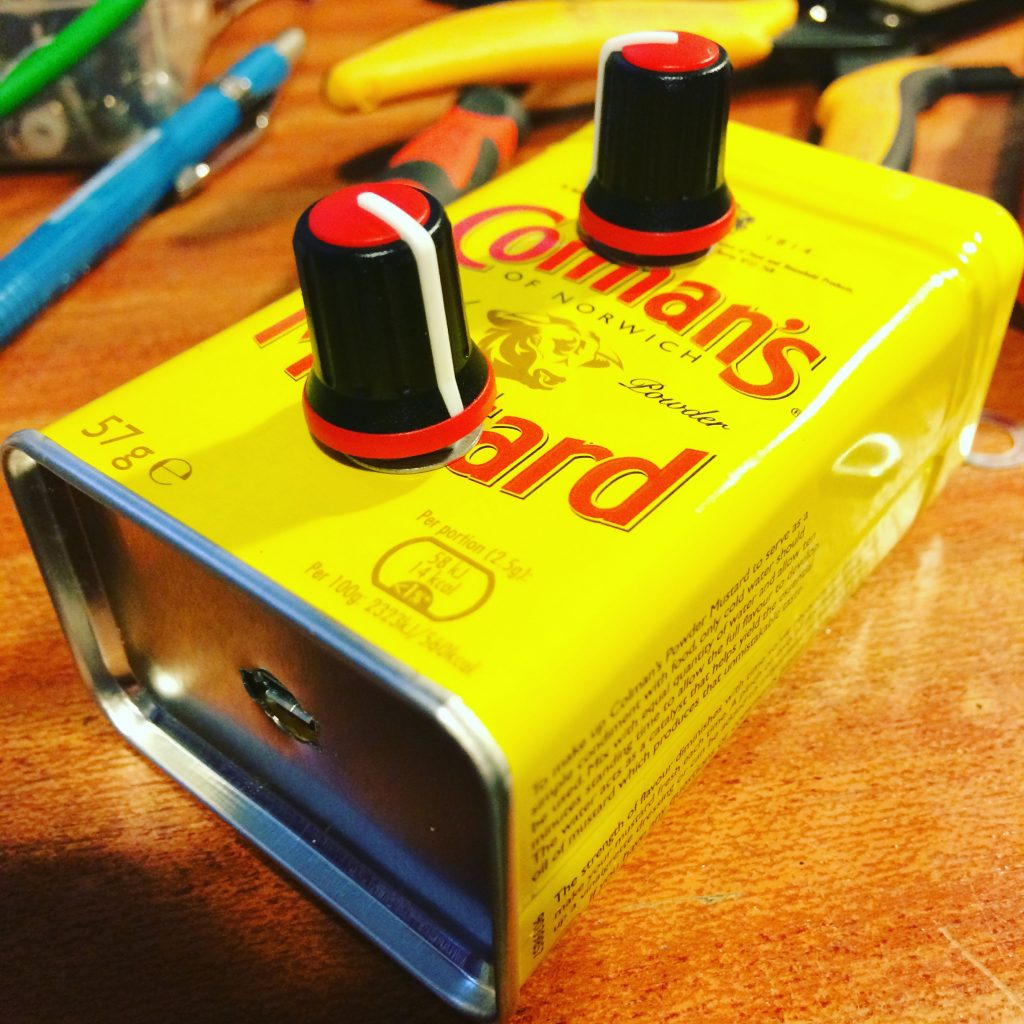
MIDI Mustard – 2 pot controller
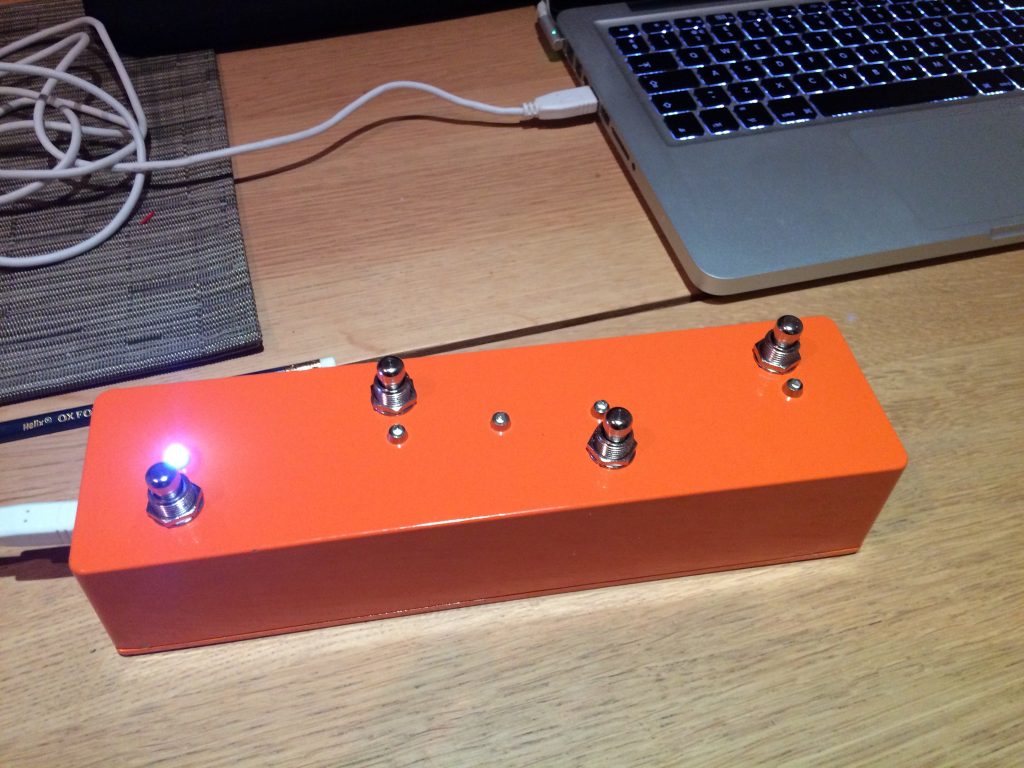
MIDI foot pedal
Noise Makers
These are very simple. A piezo disc is mounted inside the case which is connected to a 3.5mm jack socket mounted in the case. I then amplify the signal using the Music Thing Mikrophonie.

